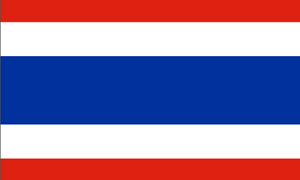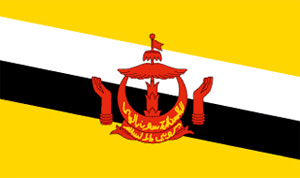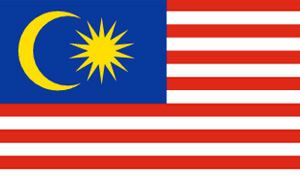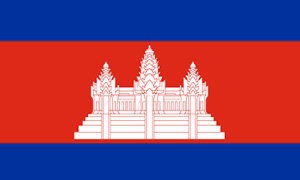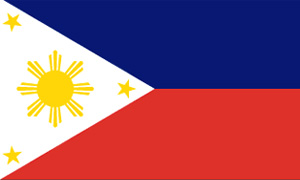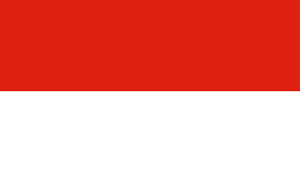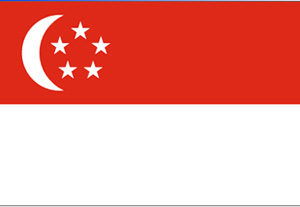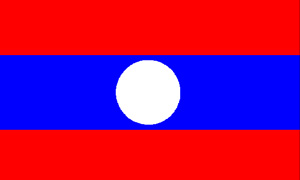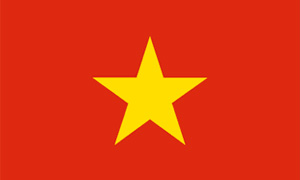Myanmar (Burma)
(Burmah, Birma, Birmanie, Birmania, Bermah)

Myanmar lies at the crossroads of Asia’s greatest civilizations, China and India. Before 1989, Myanmar is known under different names: Suvanabhumi, Bermah, and Burma. It was well known for its ancient archaeology and rich culture. Myanmar stretches from the islands of the Andaman Sea in the south, right up into the Eastern Himalayan mountain range, giving a variety of marvellous people and enriched nature.

There are seven states and seven divisions in Myanmar. The divisions are Ayeyarwady, Bago, Magway, Mandalay, Sagaing, Tanintharyi, Yangon and the states are Chin State, Kachin State, Kayin State, Kayah State, Mon State, Rakhine State, Shan State.

The Independence day is 4th January 1948. There are over 40 foreign missions all over the world, including Embassies, and Consulate Generals. The currency is Kyats. Yangon International Airport and Mandalay International Airport serve as the main airports of Myanmar.
We have 66 guests and no members online
A unified Thai kingdom was established in the mid-14th century. Known as Siam until 1939. Thailand is the only Southeast Asian country never to have been taken over by a European power. A bloodless revolution in 1932 led to a constitutional monarchy. In alliance with Japan during World War II. Thailand became a US ally following the conflict. The country is located in Southeastern Asia. bordering the Andaman Sea and the Gulf of Thailand. southeast of Myanmar. The land has a total area of about 514.000 sq km. The border countries are Myanmar. Cambodia. Laos and Malaysia.
The Sultanate of Brunei's influence peaked between the 15th and 17th centuries when its control extended over coastal areas of northwest Borneo and the southern Philippines. Brunei subsequently entered a period of decline brought on by internal strife over royal succession. colonial expansion of European powers. and piracy. In 1888. Brunei became a British protectorate; independence was achieved in 1984. The same family has ruled Brunei for over six centuries. Brunei benefits from extensive petroleum and natural gas fields. the source of one of the highest per capita GDPs in the developing world.
Most Cambodians consider themselves to be Khmers. whose Angkor Empire extended over much of Southeast Asia and reached its zenith between the 10th and 13th centuries. Subsequently. attacks by the Thai and Cham (from present-day Vietnam) weakened the empire ushering in a long period of decline.
The Philippine Islands became a Spanish colony during the 16th century; they were ceded to the US in 1898 following the Spanish-American War. In 1935 the Philippines became a self-governing commonwealth. Manuel Quezon was elected President and was tasked with preparing the country for independence after a 10-year transition. In 1942 the islands fell under Japanese occupation during WWII. and US forces and Filipinos fought together during 1944-45 to regain control. On 4 July 1946 the Philippines attained their independence.
The Dutch began to colonize Indonesia in the early 17th century; the islands were occupied by Japan from 1942 to 1945. Indonesia declared its independence after Japan's surrender. but it required four years of intermittent negotiations. recurring hostilities. and UN mediation before the Netherlands agreed to relinquish its colony.
Laos was under the control of Siam (Thailand) from the late 18th century until the late 19th century when it became part of French Indochina. The Franco-Siamese Treaty of 1907 defined the current Lao border with Thailand. In 1975. the Communist Pathet Lao took control of the government. ending a six-century-old monarchy. Initial closer ties to Vietnam and socialization were replaced with a gradual return to private enterprise. a liberalization of foreign investment laws. and the admission into ASEAN in 1997.
The conquest of Vietnam by France began in 1858 and was completed by 1884. It became part of French Indochina in 1887. Independence was declared after World War II. but the French continued to rule until 1954 when they were defeated by Communist forces under Ho Chi MINH. who took control of the North.
